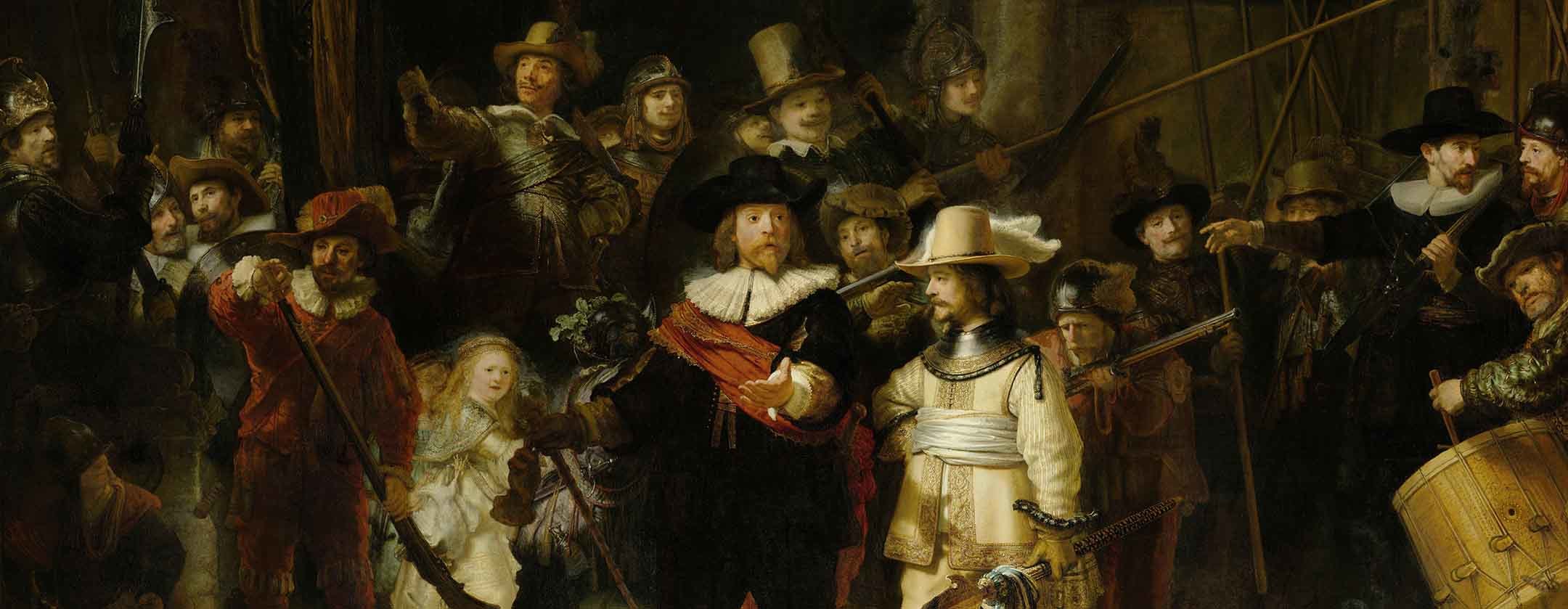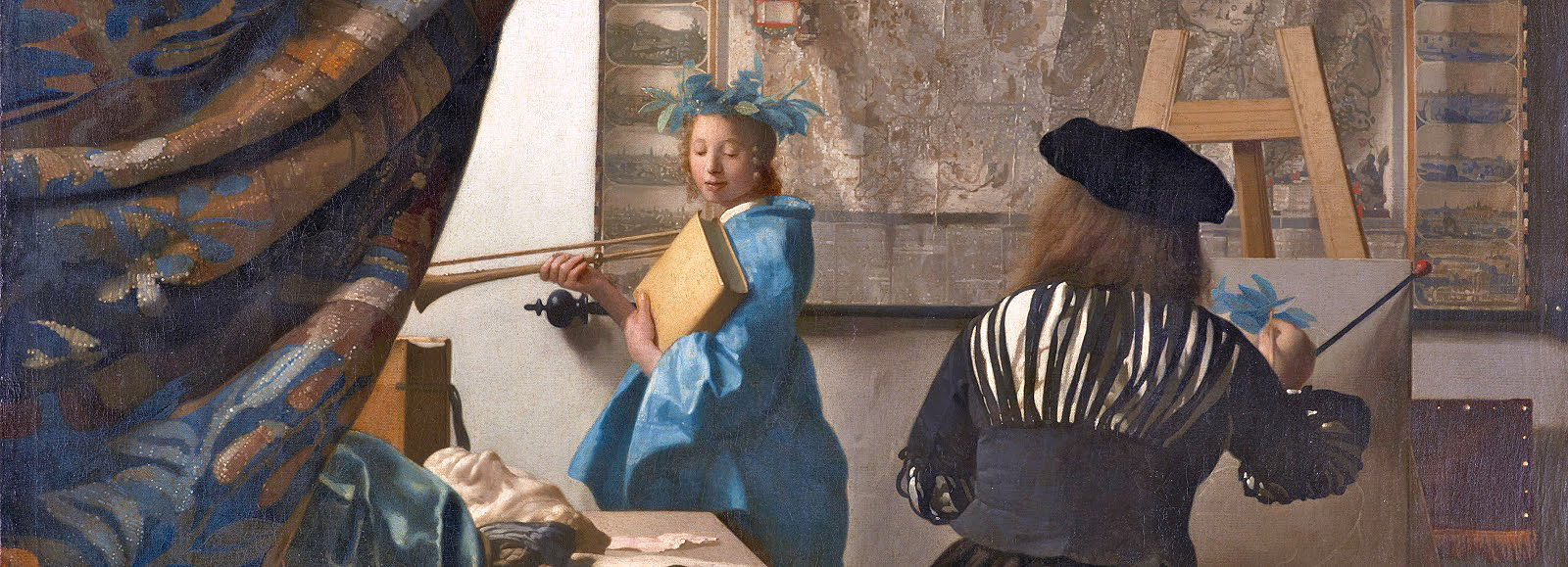
President’s Desk: Inward Significance
“What would have happened to the art of painting if at one point in time someone had told Rembrandt how to better paint eyes by means of some new “technical” parameters?”

Somehow, I do not think this is going to be a fun read!
In my conversations with colleagues, I just keep hitting on something — a general trend that’s confronting us as directors of photography. It’s closely related to the advance of digital imaging technology and its purported “yard sticks,” such as enhanced color, increased resolution and, most recently, high dynamic range.
This new digital technology is presented to us as a matter of fact — or, perhaps more accurately, a matter of hyped advertising. But we didn’t necessarily ask for this advancement, and although in the end we probably won’t dismiss its validity, we certainly seem to be struggling with its implementation, and with how we should apply technology that’s arrived in conjunction with the “democratization” of our craft as cinematographers.
Today, when we create an image, we simply no longer remain its author. Instead, besieged by strong outside opinions about dynamic range, resolution, bit depth, and on and on, we seem to be becoming mere suppliers of some fundamental, base image, and we are then constantly challenged about how that image should be interpreted, and told how it should be changed.
In reality, the parameters and capabilities of digital imagery are constantly increasing. As a matter of artistic survival, we feel the need to counter these technical achievements with heavy filtration, older and softer lenses, etc. — completely defeating the technological development because it does not represent what most of us seem to like.

All of this made me think about what would have happened to the art of painting if at one point in time someone had told Rembrandt how to better paint eyes by means of some new “technical” parameters, or encouraged Vermeer to adjust his use of perspective because it could now be calculated to capture the utmost reality. Not only would this have diminished their work, it would have impacted several hundred years of development in the arts and wiped away the enjoyment and cultural development of millions of people. The consequences would have been monumental — and disastrous.
From that perspective, what is being proposed today with the technology of cinematography is not such good news. We stand the chance of destroying a particular art form that has been developing over the last 120 years, turning it into something that’s measured purely by quantity and is delivered in a raw form, to be changed depending on the whims and wills of an outsider, a committee.
Currently, advances in high dynamic range are offering us some interesting possibilities for our images — but, again, its application often results in an unwanted interpretation of our imagery. There have already been plenty of incidents where a remastered film by no means represents the cinematographer’s original intent; there are daily experiences of cinematographers’ visions being lost with the application of high dynamic range.
So, yes, with all due respect to technology, many of my fellow cinematographers and I are not happy with the current state of affairs. Digital technology has — perhaps unintentionally — brought us to a crossroads where we as directors of photography face the imminent danger of losing control.
With that in mind, I’ll leave you with the wisdom of Aristotle: “The aim of art is to represent not the outward appearance of things, but their inward significance.”

Kees van Oostrum
ASC President







